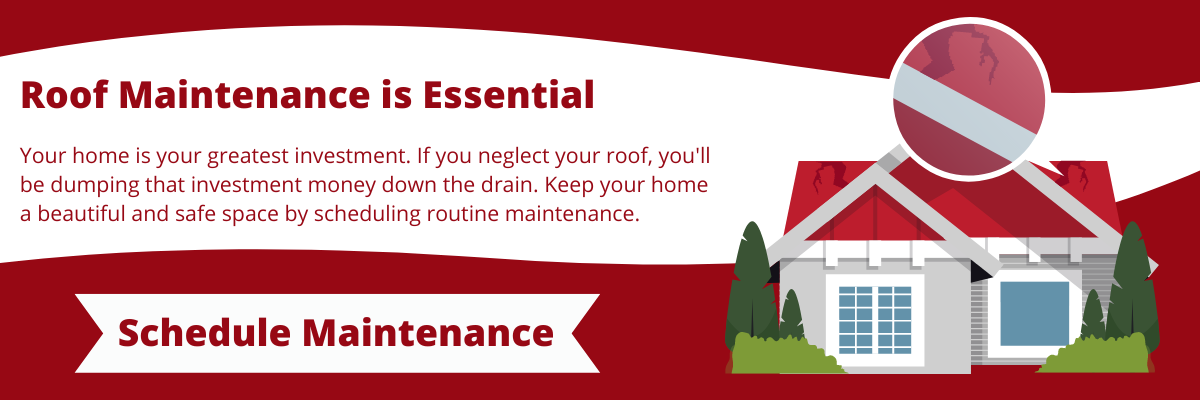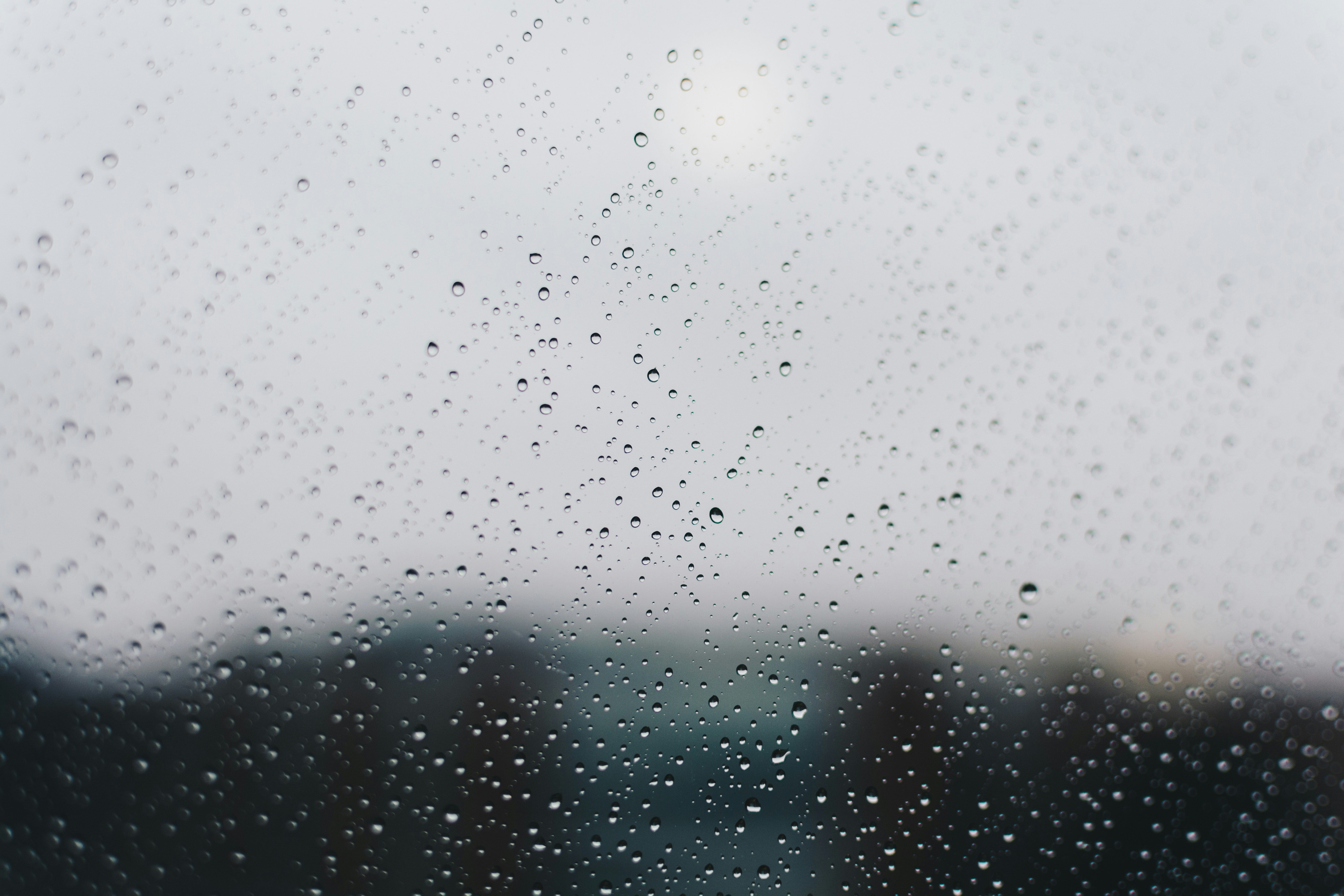
Discovering a roof leak, no matter how small, can be pretty distressing for any homeowner. If it's a big leak turning your living room into an indoor pool, that's an outright emergency. But it's those sneaky, minor leaks that tend to slip under the radar. You find one, think it's no big deal, and move on. However, underestimating a seemingly harmless roof leak can spell trouble in the long run.
Picture this: you spot a tiny, innocent-looking leak and, in the hustle of life, forget about it. The 'out of sight, out of mind' attitude might seem innocent, but it can have serious repercussions. Even the smallest crack noticed during a casual chimney check can snowball into a major issue. What seems like a minor drip in January could transform into extensive water damage by March.
Drawing from our 30 years of experience at RoofCrafters, we've witnessed various outcomes of roof leaks. Our takeaway? Don't take any leak lightly. Those seemingly insignificant drips might lead to structural damage, mold growth, and a slew of other complications if not dealt with promptly.
So, how do you keep pesky chimney leaks at bay? In this article, we'll explain the steps you should take to ensure your chimney (and surrounding areas) don't spring a leak. By the time you finish reading, you'll have a sure understanding of what it takes to keep your roof healthy and water-free for years down the road. Let's begin!
Common Causes of Chimney Leaks
Chimney leaks can be a common and frustrating issue for homeowners, often leading to water damage and other related problems. Several factors contribute to chimney leaks, and understanding these causes is crucial for effective prevention and timely resolution.
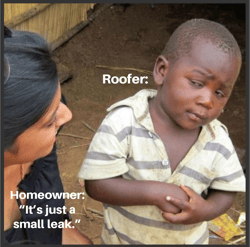
1. Faulty Flashing: Flashing is a critical component that seals the connection between the chimney and the roof. Over time, flashing can degrade due to weather exposure, temperature fluctuations, and general wear and tear. If the flashing becomes damaged or improperly installed, it creates vulnerabilities for water to seep into the structure, causing leaks.
2. Cracked Masonry: Chimneys are often constructed using bricks or stones held together with mortar. Over the years, exposure to the elements can lead to the deterioration of this masonry. Cracks or gaps may form, allowing water to penetrate the chimney structure and find its way into the home.
3. Chimney Crown Issues: The chimney crown serves as the protective top surface, preventing water from directly entering the flue. If the crown is cracked or improperly constructed, water can infiltrate and compromise the chimney's integrity. Regular inspections and maintenance of the chimney crown are essential to prevent leaks.
4. Damaged Chimney Cap: The chimney cap acts as a barrier against rain, snow, debris, and even wildlife. If the chimney cap is damaged, missing, or improperly fitted, it exposes the chimney interior to the elements. Water, in particular, can enter the flue and lead to leaks.
5. Condensation Problems: Condensation within the chimney can occur, especially in cold weather. This can be exacerbated by poor ventilation or the absence of a proper liner. Over time, the accumulation of moisture can contribute to leaks and damage the chimney structure.
Addressing chimney leaks involves a thorough inspection by a qualified professional. Regular maintenance, timely repairs, and ensuring proper chimney installation are key elements in preventing and resolving chimney leaks effectively. You should be proactive in scheduling routine inspections and quickly addressing any signs of water damage as you notice them.
Keeping Chimney Leaks at Bay: Your Steps
Preventing chimney leaks requires a proactive approach, and you can take several measures to safeguard yours from water damage. Here are key strategies to keep chimney leaks at bay:
Regular Inspections and Maintenance: Scheduling regular inspections by a qualified chimney professional is crucial. Professionals can identify early signs of deterioration, cracks, or damage that may lead to leaks. Routine maintenance, such as repointing mortar joints and replacing damaged bricks, should be part of the inspection process.
Proper Flashing Installation: Ensuring the correct installation and maintenance of flashing is essential. Flashing seals the joint between the chimney and the roof, and any defects in this barrier can lead to leaks. Using quality materials and regularly inspecting and repairing flashing can prevent water infiltration.
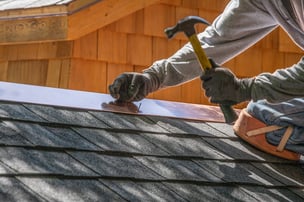
Chimney Crown Maintenance: The chimney crown serves as a protective layer for the chimney top. It's vital to have a well-constructed and properly sealed chimney crown to prevent water from entering. Regular inspections should include checks for cracks, deterioration, or any signs of weakness in the chimney crown.
Chimney Cap Installation: Installing and maintaining a chimney cap is an effective way to keep water, debris, and animals out of the chimney. The cap acts as a barrier, preventing rain from directly entering the flue. Ensure that the chimney cap is correctly sized and securely fitted!
Waterproofing Treatment: Applying a water repellent or sealant to the exterior masonry can provide an additional layer of protection. This treatment helps repel water and prevents the absorption of moisture, reducing the risk of leaks. However, it's essential to choose a product suitable for the specific type of masonry.
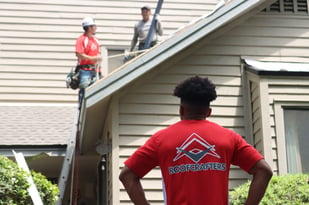
Addressing Ventilation Issues: Adequate ventilation is crucial to prevent condensation within the chimney. Installing a proper liner and ensuring there's sufficient airflow can mitigate condensation problems, reducing the likelihood of leaks.
Prompt Repairs: If any issues are identified during inspections, it's crucial to address them promptly. Ignoring even minor damages can lead to more significant problems over time. Timely repairs, whether it's fixing flashing, replacing a damaged crown, or addressing masonry issues, are essential for preventing leaks.
Remember to view chimney maintenance as an integral part of your overall home care. By being proactive in inspections, investing in quality materials and professional services, and promptly addressing any identified issues, you can effectively prevent chimney leaks and preserve their structural integrity.
Is Your Chimney in Good Health?
Remember, prompt repairs are key. Any identified issues during inspections should be addressed without delay! Whether it's fixing flashing, replacing a damaged crown, or attending to masonry concerns, timely interventions can prevent minor problems from escalating into major structural issues.
By taking a proactive stance and incorporating these preventive measures into your chimney care routine, you're investing in the long-term health of your chimney and, by extension, your home. A well-maintained chimney not only enhances safety but also ensures the comfort and well-being of your household. Stay vigilant, prioritize regular maintenance, and enjoy a leak-free and resilient chimney for years to come.
Worried you have a leaky chimney? RoofCrafters is here to help! Feel free to drop us a line on our contact page. One of our friendly representatives will take care of you as soon as possible.
My name is Kevin Mills, and I am the lead estimator for RoofCrafters’ Tampa division. I’m originally from Michigan, and I enjoy hunting, fishing, and spending any free time outdoors. What I’m most passionate about, though, is helping business owners and homeowners alike achieve their roofing goals, all while providing a seamless customer journey.



